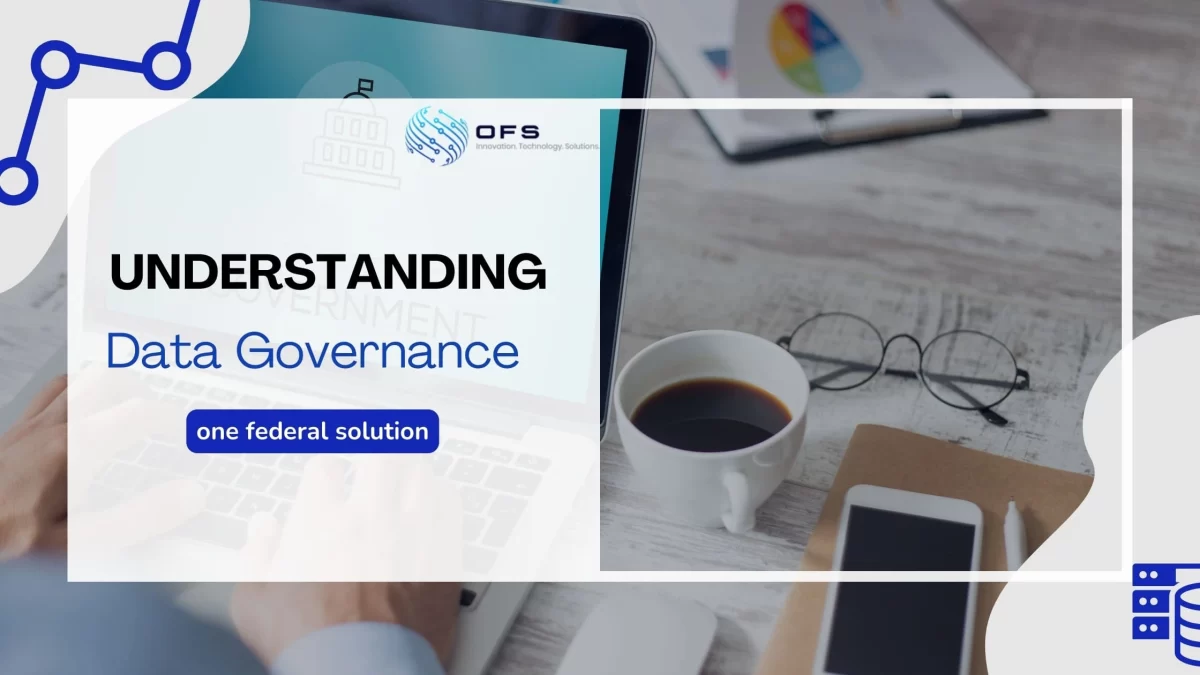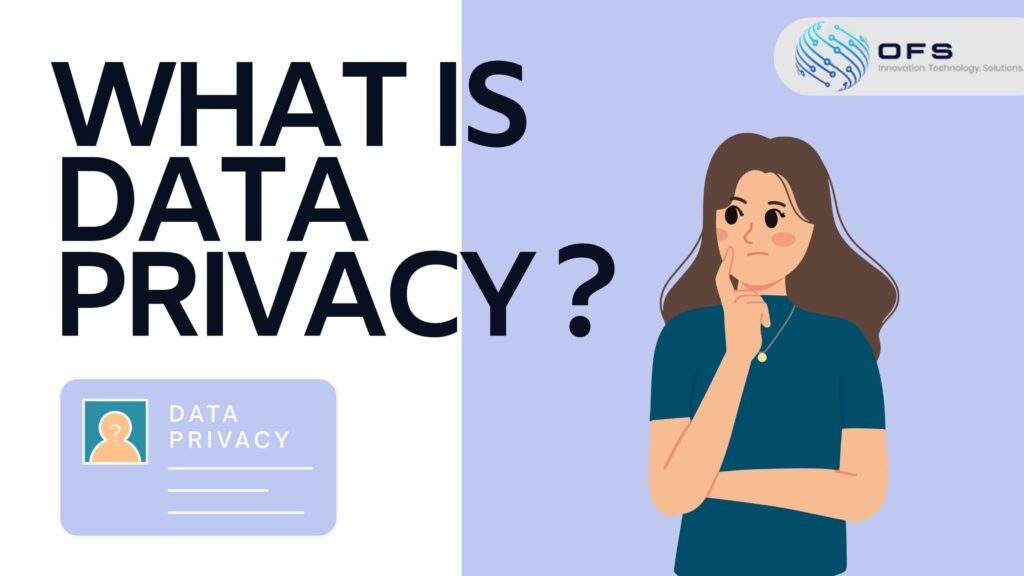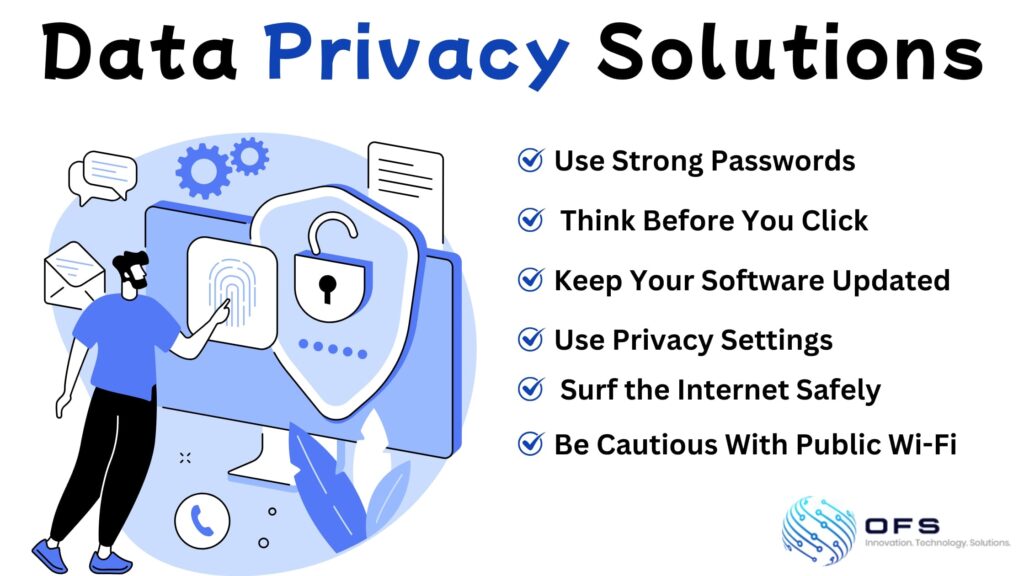IT modernization has become a necessity. Companies that continue to rely on outdated IT systems risk losing their competitive advantage, encountering security vulnerabilities, and falling behind in their industries.
Take, for example, a recent incident experienced by one of our clients, a mid-sized retail company. They were eager to modernize their IT systems to keep up with the growing demand for online shopping. However, they rushed into the process without proper planning, and the result was a series of costly delays, unhappy employees, and a poor customer experience. They realized that modernizing their systems wasn’t just about upgrading technology—it was about aligning IT with their broader business goals. They needed a well-defined IT modernization strategy, and most importantly, they needed to avoid the mistakes that commonly derail such initiatives.
We will walk you through the common mistakes businesses often make during IT modernization and provide tips on how to avoid them.
1. Lack of Clear Vision and Goals

Imagine going on a road trip without a map or a destination. The journey would be confusing and aimless. Similarly, starting your IT modernization without clear goals will likely lead to frustration and failure.
The Mistake: Beginning the IT modernization process without a clear understanding of what you hope to achieve.
The Solution: Before diving into any technical updates, work with your leadership team and stakeholders to clearly define the goals of your IT modernization.
Which problems are you attempting to resolve? What measurable gains are you expecting? Everyone will be on the same page and working toward the same goals if there is a clear vision.
2. Failing to Align IT with Business Objectives
IT modernization should not be just about upgrading technology—it should directly support your company’s overall business goals. Failing to align IT with these goals can lead to wasted efforts and missed opportunities.
The Mistake: Focusing only on technical improvements without considering how they align with business processes, customer experience, and revenue goals.
The Solution: Involve key business leaders from various departments in the planning process. This way, you’ll ensure that your IT upgrades are not only technically sound but also help meet the broader goals of your business. An aligned IT modernization strategy is critical to ensuring that technology investments contribute directly to your company’s success.
3. Overlooking the Human Element
It’s easy to assume that new technology will automatically solve problems, but it’s the people who will be using it every day. Neglecting the human side of the modernization process can lead to poor adoption, low morale, and inefficiency.
The Mistake: Rolling out new IT systems without providing adequate training or support for your employees.
The Solution: Invest in thorough training programs for your team.
They must be able to use the new systems efficiently. Furthermore, it’s critical to communicate the advantages of modernization and the part each employee will play in this change. Adopt change management techniques to ensure a seamless transition for your workforce.
4. Trying to Modernize Everything at Once
IT modernization is a large-scale process, and attempting to do everything at once is overwhelming and risky. It’s easy to get caught up in the excitement of new technology, but rushing can lead to mistakes.
The Mistake: Trying to tackle all IT modernization projects at once, can drain resources, delay progress, and increase the likelihood of failure.
The Solution: Take a phased approach. Start with small, manageable projects that offer immediate benefits. This will enable you to gain momentum, spot possible problems early, and change as necessary. Additionally, this methodical approach lowers the possibility of overburdening your personnel.
5. Ignoring Legacy Systems

While modernizing your IT infrastructure, it’s important not to forget about your legacy systems. Ignoring them can cause integration issues and security vulnerabilities.
The Mistake: Assuming legacy systems can be easily replaced without considering their impact on your business or existing processes.
The Solution: Conduct a thorough evaluation of your legacy systems. Identify which ones need to be replaced, which can be upgraded, and which can be integrated with newer systems. A comprehensive approach to managing legacy systems will ensure a smoother transition during modernization.
6. Overlooking Data Security
In today’s digital world, protecting sensitive data should be a top priority. New technologies bring fresh security challenges, and failure to address them can lead to significant breaches or non-compliance issues.
The Mistake: Implementing new systems without considering their security implications, leaves your business vulnerable to cyber threats.
The Solution: Prioritize security at every stage of your IT modernization process. Regularly audit your systems for vulnerabilities, implement strong cybersecurity measures, and ensure that employees are well-trained on best practices for protecting data.
7. Selecting the Wrong Technology

Choosing the right technology is crucial for the success of your modernization efforts. Many businesses make the mistake of jumping on the latest tech trend without fully evaluating whether it meets their needs.
The Mistake: Implementing trendy technologies that are not a good fit for your business or that are too complicated for your team to manage.
The Solution: Carefully evaluate all technology options based on your business needs. Consider scalability, cost, compatibility, and ease of use. Consult with experts and get feedback from your IT team before making a final decision. Choosing the right technology will ensure a successful transformation and minimize disruption.
8. Failing to Measure and Track Progress
Without measuring the impact of your IT modernization, it’s hard to know if your efforts are succeeding. Monitoring progress is crucial to achieving your goals.
The Mistake: Launching your IT modernization without clear metrics or monitoring systems to track success.
The Solution: To assess the effectiveness of your efforts, clearly define your key performance indicators (KPIs). Monitor and evaluate data regularly, then use the results to modify your approach as necessary. Ongoing monitoring helps ensure that your modernization strategy stays on course and delivers the expected results.
9. Underestimating Costs and Budget Overruns
IT modernization is often more expensive than initially expected. Failing to properly estimate costs can lead to budget overruns and project delays.
The Mistake: Underestimating the total cost of the project, including hardware, software, training, and ongoing maintenance.
The Solution: Develop a detailed budget that accounts for all aspects of your IT modernization. Don’t forget to incorporate a backup plan in case of unforeseen expenses. As the project develops, periodically evaluate and modify the budget to make sure it continues on course.
10. Lack of Flexibility
The world of technology is constantly changing, and your IT modernization strategy needs to be flexible enough to accommodate these changes.
The Mistake: Sticking to a rigid plan that doesn’t allow for adjustments as new technologies or business needs arise.
The Solution: Adopt an agile approach to IT modernization. Build flexibility into your plan, and be ready to pivot when necessary. This adaptability will ensure that your modernization strategy remains relevant in the face of evolving technology.
Conclusion
Modernizing your IT infrastructure is a big undertaking, but it doesn’t have to be overwhelming. By avoiding the common mistakes outlined above, your company can increase the likelihood of a smooth and successful IT transformation. Remember that IT modernization is a continuous process, requiring careful planning, flexibility, and collaboration. Stay focused on your business goals, keep your team involved, and be proactive about addressing challenges along the way.
The right IT modernization strategy will help your business stay competitive, secure, and adaptable for the future. Embrace the change and set your organization up for success in this digital age!



















